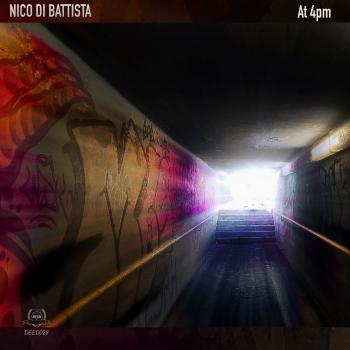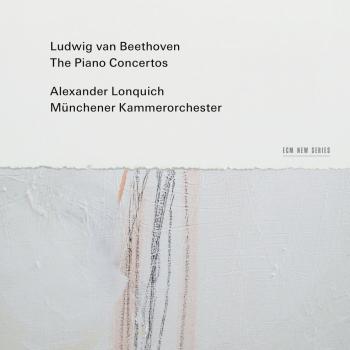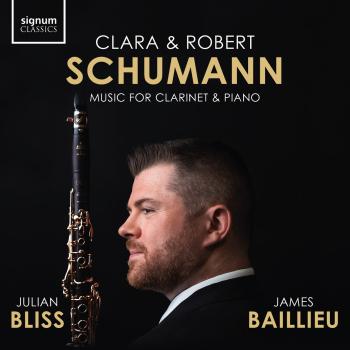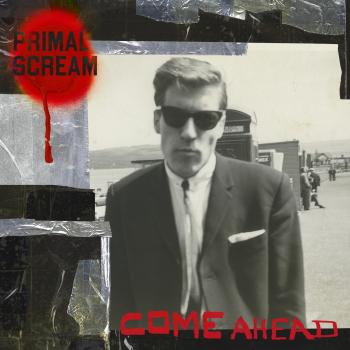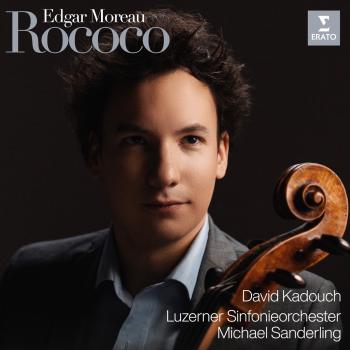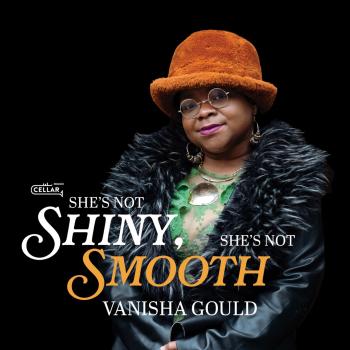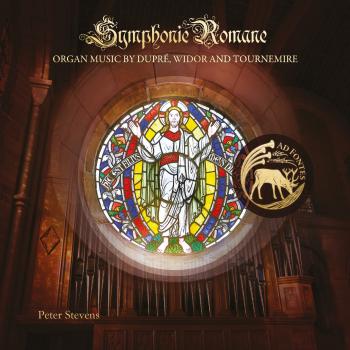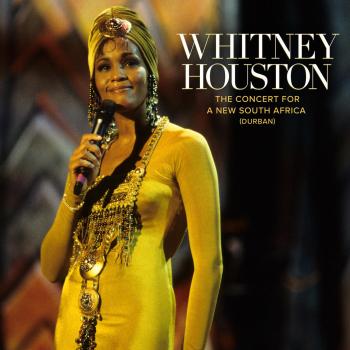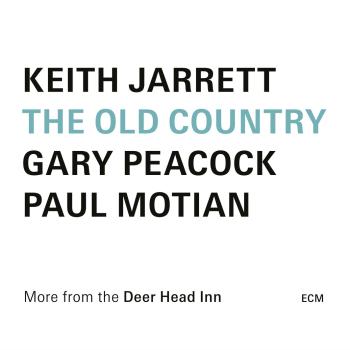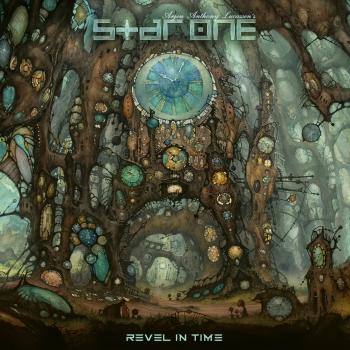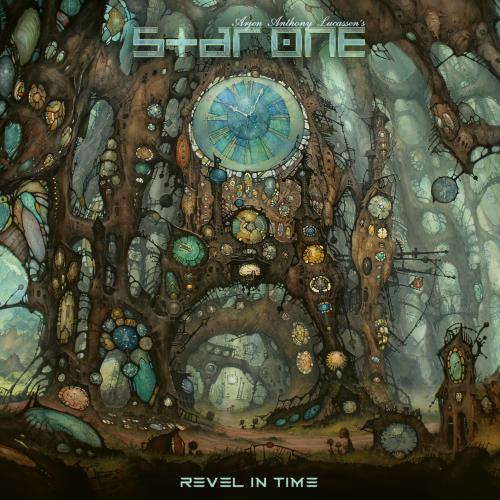
Revel In Time Arjen Anthony Lucassen's Star One
Album info
Album-Release:
2022
HRA-Release:
18.02.2022
Album including Album cover
I`m sorry!
Dear HIGHRESAUDIO Visitor,
due to territorial constraints and also different releases dates in each country you currently can`t purchase this album. We are updating our release dates twice a week. So, please feel free to check from time-to-time, if the album is available for your country.
We suggest, that you bookmark the album and use our Short List function.
Thank you for your understanding and patience.
Yours sincerely, HIGHRESAUDIO
- 1 Fate of Man 05:29
- 2 28 Days (Till the End of Time) 07:20
- 3 Prescient 06:34
- 4 Back from the Past 04:50
- 5 Revel in Time 04:37
- 6 The Year of '41 06:20
- 7 Bridge of Life 05:13
- 8 Today is Yesterday 05:46
- 9 A Hand on the Clock 05:51
- 10 Beyond the Edge of it All 04:52
- 11 Lost Children of the Universe 09:46
- 12 Fate of Man (alternate version) 05:29
- 13 28 Days (Till the End of Time) (alternate version) 07:20
- 14 Prescient (alternate version) 06:34
- 15 Back from the Past (alternate version) 04:50
- 16 Revel in Time (alternate version) 04:37
- 17 The Year of '41 (alternate version) 06:20
- 18 Bridge of Life (alternate version) 05:13
- 19 Today is Yesterday (alternate version) 05:46
- 20 A Hand on the Clock (alternate version) 05:51
- 21 Beyond the Edge of it All (alternate version) 04:52
- 22 Lost Children of the Universe (alternate version) 09:46
Info for Revel In Time
"Revel in Time", das dritte Album von ARJEN ANTHONY LUCASSEN'S STAR ONE, ist sowohl eine Reaktion als auch ein Kontrast zu Arjen Lucassens vorherigem Album ‚Transitus‘ von Ayreon. Während ‚Transitus‘ ein cineastisches Erlebnis ist, das man fast schon als Musical bezeichnen könnte, ist ‚Revel in Time‘ ein schweres, sehr riffbetontes Album, das sich mehr auf virtuose Musikalität konzentriert. Ähnlich wie seine Vorgänger funktioniert ‚Revel In Time‘ als Konzeptalbum. Alle Tracks sind von verschiedenen Filmen inspiriert, die sich in irgendeiner Form mit der Manipulation von Zeit beschäftigen. Eine Sache ist dieses Mal ganz anders als bei den früheren STAR ONE-Alben: Die ersten beiden hatten die gleiche Besetzung von vier Sängern: Floor Jansen, Russell Allen, Damian Wilson und Dan Swano. Diesmal entschied sich Arjen jedoch dafür, generell nur einen Sänger pro Track einzusetzen, und zwar für fast jeden Track einen anderen. Das zeigt sich besonders auf CD 2, der ‚Same Songs, Different Singers‘-CD, wie Arjen sie gerne nennt. Die Lead-Vocals, die (für die anderen Sänger) aufgenommen wurden, waren viel zu gut, um einfach nur Guide-Vocals zu sein. Also beschloss Arjen, eine zweite Version der Songs mit den Lead-Vocals als CD2 zu veröffentlichen. Irgendwann fing er an, spontan andere Sänger einzuladen, einige dieser Stücke zu singen, weil er neugierig war, wie die Lieder mit ihren Stimmen klingen würden. Letztendlich waren auf CD2 nicht weniger als 9 verschiedene Sängerinnen und Sänger zu hören, die alle genauso gut waren wie die auf CD1. Insgesamt haben etwa 30 verschiedene Musiker an dem neuen Album mitgewirkt, wobei nicht alle von ihnen Sänger waren. Das Herzstück von STAR ONE sind nach wie vor Ed Warbys kraftvolle Drums sowie Arjens Gitarren- und Bassarbeit, die alles zusammenhalten und dem Album den typischen STAR ONE-Sound verleihen.
Brandon Yeagley, lead vocals
Jeff Scott Soto, lead vocals
Joe Lynn Turner, lead vocals
Sir Russell Allen, lead vocals
Damian Wilson, lead vocals
Dan Swanö, lead vocals
John Jaycee Cuijpers, lead vocals
Roy Khan, lead vocals
Marcela Bovio, lead vocals
Wilmer Waarbroek, lead vocals
Will Shaw, lead vocals, backing vocals
Floor Jansen, lead vocals, backing vocals
Brittney Slayes, lead vocals, backing vocals
Micheal Mills, lead vocals, backing vocals
Ross Jennings, lead vocals, backing vocals
Joost van den Broek, Hammond solo
Adrian Vandenberg, guitar solo
Michael Romeo, guitar solo
Timo Somers, guitar solo
Ron Bumblefoot Thal, guitar solo
Joel Hoekstra, guitar solo
Arjen Anthony Lucassen, bass, guitar solo, keyboards, vocals
Steve Vai, guitar solo
Ed Warby, drums
Marcela Bovio, backing vocals
Irene Jansen, backing vocals
Hellscore Choir
Arjen Anthony Lucassen
Best known for his musical project Ayreon, Arjen Anthony Lucassen was born on April 3rd, 1960 in The Hague. Both Arjen and his older brother Gjalt were good students, but unlike Gjalt, Arjen wasn’t interested much in studying. A notorious trouble-maker in class, Arjen decided to pursue a career in the music business after graduating high school. During his teens, Gjalt always teased Arjen a lot, and Arjen has been taking his revenge by playing jokes on his brother in the credits of his Ayreon CDs. If you look carefully, you’ll find a Gjalt ‘joke’ in the booklet of every CD released after 1995. Arjen’s love of music was sparked in the 60s, when he became a big fan of the Beatles. He started buying albums in the early seventies when the glam rock era started and bands such as T-Rex, Alice Cooper, The Sweet, David Bowie were rising stars. Arjen really wanted to be in a band but he was too lazy to learn to play an instrument so he started a play-back band mimicking his heroes Alice Cooper, Slade, and The Sweet. He actually did get a lot of gigs in schools and already then he was a busy guy.
Then one day one of the older pupils approached Arjen saying “You have to listen to this,” and handed him a copy of Deep Purple’s ‘Made in Japan’. “Glam rock is OK, but this is really great.” When Arjen listened to it and heard Ritchie Blackmore’s guitar playing, he knew what he wanted: to play guitar! So he learned to play guitar and went through a stage where he had a lot of different bands until 1980. One of these bands was called ‘Mover’.
Bodine: Arjen had heard that the Dutch band Bodine had been looking for a new singer. Although he didn’t consider himself a great or gifted vocalist, Bodine was his favorite band so he wanted to get involved.
The first album with Jay van Feggelen on vocals was one of his favorite albums. He figured that he would audition as a vocalist, and bring his guitar, hoping they would give him the position of second guitarist in the band. And they told him that he had good ideas, good lyrics and good melodies but his voice was not what they were looking for. So Arjen told them he had brought his guitar. Those were the days of guitar tandems in bands such as Judas Priest, Iron Maiden, Thin Lizzy. Arjen pulled out his guitar and his amps and just began to play some Bodine songs that he had been working on for a month. And they said: Ok, you’re in! Arjen stayed in Bodine from 1980 to 1984 and did two albums with them: ‘Bold as Brass’ and ‘Three Time Running’.
Vengeance: Then Arjen got a call from a young and fresh band named Vengeance asking him if he knew a guitarplayer. Arjen thought just a moment, thinking about how great Bodine was, and what amazing things he had learned from the older much more experienced musicians, but also how limited he felt about expressing his own musical ideas. He couldn’t develop himself as a composer and realized that there was a lot of spirit in Vengeance. So Arjen answered: “Yes, I know a guitarplayer… me!”
Vengeance was surprised and very happy, but wondered about his commitment to Bodine. Arjen told them that it was time for a change. He joined Vengeance shortly after that phone call and considers the time with them great, wild and quite enjoyable. He had more freedom to do what he wanted and to compose songs. But still, he had to make concessions since he was in a band and also had to deal with record companies demands. Not every band member agreed on his ideas, which made sense given the fact that they all hailed from different musical backgrounds. In 1989 the band replaced singer Leon Goewie with English native Ian Parry, but the band had a hard time getting a new style off the ground. In the early nineties the grunge and alternative rock genre exploded on to the scene. Arjen wished to go into a Rainbow direction with keyboards and bombastic sounds, and other guys wanted to explore Bad Company or Thin Lizzy styles. Because of this they wondered what the audience wanted to hear and started to write songs to please the fans. That was a bad decision. After a very successful farewell tour in 1992 Arjen parted ways with Vengeance.
Striking out alone! Now the road was open for Arjen to work on his own material without interference or having to make concessions to band members. He recorded a few songs with himself on vocals and a record company heard it and was very interested to release the songs on an album. This album became Pools of Sorrow, Waves of Joy and Arjen went by his middle name Anthony. On this album Arjen played all instruments himself, except bass guitar which was played by Peter Vink and keyboards which were played by Cleem Determeijer. He didn’t know what he wanted to do musically so the album became a hodge-podge of styles. Country, pop, rock, prog all sorts of different songs, and, even though three singles were released and Arjen performed on various radio shows and small clubs, the album flopped. But to those who listen to the album can hear that there are a few songs that became the basis for a massive project that was still to come. He was looking for a way to make a life-long dream come true of creating a rock opera.
Ayreon: One particular album released during the 60s left a huge impression on Arjen. The album had everything Arjen was looking for: the music took him on an adventure, lyrics drew him into an emotional story, and reading lyrics along to discover that famous vocalists were playing parts. It became the ultimate tool for escapism for Arjen. The album was Andrew Lloyd Webber’s Jesus Christ Superstar. This album was followed by other similar albums such as War of the Worlds featuring Phil Lynott, The Who’s Tommy, Pink Floyd The Wall. After that Arjen realized that time had come to do it himself, and to do it his own way. Not limited music to one style. He used all his styles — prog, metal, folk, Beatles — despite being convinced that listeners with strong genre preferences would hate not being able to pigeonhole the music. But that didn’t matter to Arjen: for once in his life he wanted to make an album without compromises, just making the music he loved. This album became Ayreon – The Final Experiment. He found a small Dutch label interested in the project and the album simply took off. Several years later, after changing record companies, Arjen has released seven Ayreon albums as well as one compilation.
This album contains no booklet.

